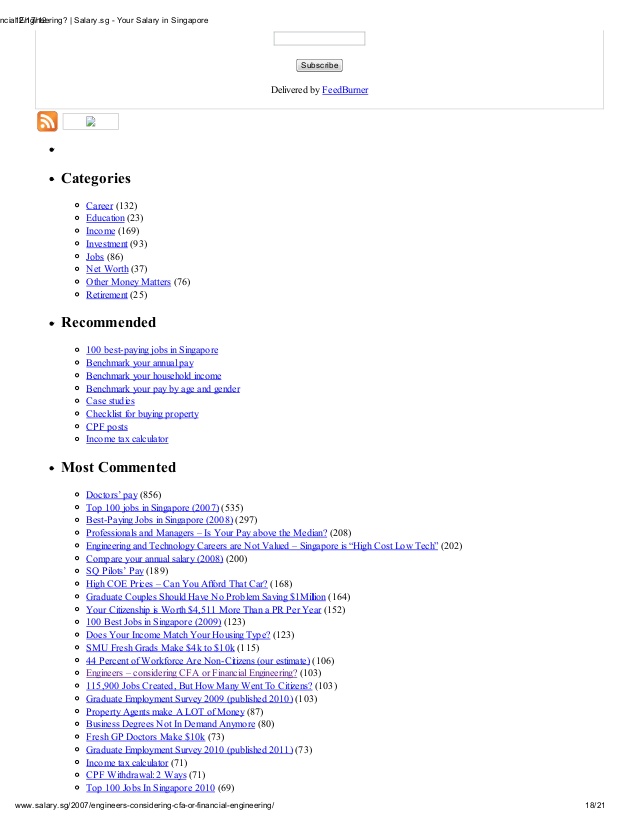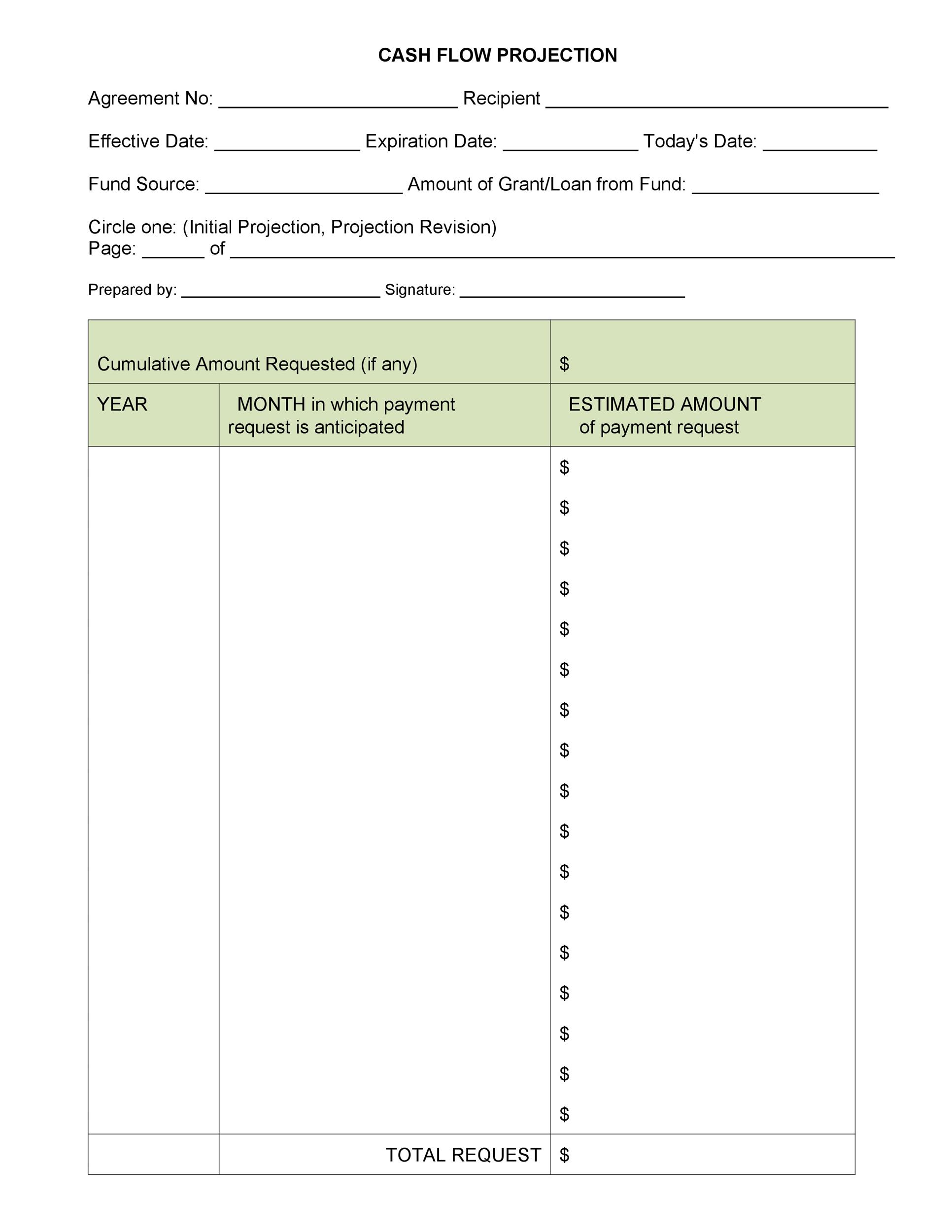Contents
The remaining 10% to 25% of the total assets is invested in equity and equity-related instruments. Conservative fund as the name indicates it is made for conservative investors with low-risk appetite. Fund objective is to invest around 70-90% money https://1investing.in/ in debt and remaining in equity. Target-date funds are often used for long-term financial planning, such as retirement or education savings accounts. The target date you select might be the year you plan to retire or send a child to school.
ABCL is an independent entity and such information from any ABCL Affiliate are not in any manner intended or to be construed as being endorsed by ABCL or Facilities Provider. The information does not constitute investment or financial advice or advice to buy or sell, or to endorse or solicitation to buy or sell any securities or other financial instrument for any reason whatsoever. Nothing on the Website or information is intended to constitute legal, tax or investment advice, or an opinion regarding the appropriateness of any investment or a solicitation of any type. You are therefore advised to obtain your own applicable legal, accounting, tax or other professional advice or facilities before taking or considering an investment or financial decision.
Since the fund could see fluctuation in Net Asset Value due to equity exposure, investors need to have an investment horizon of at least one year or more in such funds. Investors should ideally avoid parking funds meant for building an emergency corpus in this category as these funds carry a moderately high risk. There are 21 Conservative Hybrid Funds in the industry managing assets worth Rs 20,825 crore as of February 2022. Hybrid funds or the balanced schemes invest into a mix of equity and debt. Equity-oriented hybrid schemes invest at least 65 per cent of the corpus in equity. These schemes are less volatile than pure equity funds because of their mixed portfolio.

Short term capital gains are clubbed with investors total income and taxed according to the slab applicable for debt oriented hybrid funds. They tend to offer better returns than debt funds and are preferred by many low-risk investors. Further, new investors who are unsure about stepping into the equity markets tend to turn towards hybrid funds. This is because the debt component offers stability while they test the equity ‘waters’. Hybrid funds allow investors to make the most out of equity investments while cushioning themselves against extreme volatility in the market.
These provide higher returns than genuine debt funds and are popular among conservative investors. Budding investors who are willing to get exposure to equity markets may invest in hybrid funds. The presence of equity components in the portfolio offers the potential to earn higher returns. At the same time, the debt component of the fund provides a cushion against extreme market fluctuations.
Caters to various risk profiles:
These schemes are required to invest 10 to 25 percent of their total assets in equity and equity-related instruments. The remaining 75 to 90 percent is to be invested in debt instruments. The aim of these funds is to generate income from the debt component of the portfolio and use the small equity component to provide a kicker to the overall return. It is a good option for people looking for debt plus returns and are willing to take a little extra risk.
- Similarly, Conservative Hybrid Funds are suitable for risk-averse investors whose priority is the safety of capital but are willing to take a small allocation into equities so they can earn better returns than FDs.
- These funds are suitable for novices in the stock markets and very conservative equity investors.
- There are 7 sub-categories of Hybrid Funds and Balanced Hybrid Fund is one of the 7 sub-categories.
- Each hybrid fund has a different combination of equity and debt targeted at different types of investors.
- The asset allocation is chiefly towards equities with debt investment not exceeding 35%.
There are various quantitative and qualitative parameters that can be used to arrive at the aggressive hybrid funds as per your requirements. Additionally, you need to keep your financial goals, risk appetite, and investment horizon in mind. A debt mutual fund will invest 100% of its corpus in debt instruments.
They can be made up of a combination of stocks, bonds, and/or cash. Kent Thune has spent more than two decades in the financial services industry and owns Atlantic Capital Investments, an investment advisory firm, in Hilton Head Island, South Carolina. He’s written hundreds of articles for a range of outlets, including The Balance, Kiplinger, Marketwatch, and The Motley Fool. Equity is ownership of assets that may have debts or other liabilities attached to them. Equity is measured for accounting purposes by subtracting liabilities from the value of an asset. These Terms of Use and any notices or other communications regarding the Facilities may be provided to you electronically, and you agree to receive communications from the Website in electronic form.
They are great for meeting short-term financial goals and investing for the long term as well. Hybrid mutual funds offer dual benefits of debt and equity to the investors and help hybrid funds means diversify the portfolio. The diversification may further increase when the fund manager allocates portfolio in the equity portions across smallcap, midcap, and largecap segments.
Hybrid funds are one of the most convenient forms of investment and help lower the risk involved when seeking equity exposure. This fund balances the equity and debt portion of your investment and invests a minimum of 40% and a maximum of 60% in either of the asset classes. A benefit of investing in a balanced fund is that it uses equity and debt components to leverage current market scenarios to generate wealth in the long term. It is an open-ended hybrid scheme which predominantly invests in debt instruments. Specifically, a traditional hybrid fund can invest between 75%-90% of its total assets in debt instruments. It can invest the remaining 25%-10% of its assets in equity and equity-related instruments.
A Beginner’s Guide to Embedded Options in Bonds
Whatever your risk profile, there is a hybrid mutual fund scheme for you. As the name suggests, Dynamic asset allocation fund dynamically invests in both equity and debt depending on the current market conditions based on an internal investment model. This fund is suitable for investors looking for better risk adjusted returns over long term irrespective of market conditions.

We do not offer financial advice, advisory or brokerage services, nor do we recommend or advise individuals or to buy or sell particular stocks or securities. Performance information may have changed since the time of publication. Hybrid funds offer many benefits, providing investors a balanced medium to start with.
This means that the fund has not been able to compensate its investors for the risk taken. Sharpe Ratio is the extra returns generated by a fund over the risk-free return. A high standard deviation means the fund is taking more risks than its peers. Arbitrage funds are perfect for investors who want the benefit of equity with the lowest risk. Watch this video to learn everything about mutual funds in India.
Hybrid Funds means funds made by combining two or different category of assets equity and debt. As hybrid fund invest in two asset categories investor can avail the benefit of both. Hybrid Fund offers maximum diversification and moderate returns.
What is Mutual Fund NAV?
You authorize us to use/disseminate the information to provide the Financial Solutions however it is not necessarily for you to act on it. It only serves an indicative use of information which you may execute in the manner agreed by you. This Agreement describes the terms governing the usage of the facilities provided to you on the Website. Clicking “I Agree” to “Terms & Conditions”, shall be considered as your electronic acceptance of this Agreement under Information Technology Act 2000.

They invest in a mix of equity, debt, gold related instruments, cash and other such asset classes. The asset allocation is as per the investment objective and market conditions in order to generate optimal risk adjusted returns. Tax on Gains The equity component of hybrid funds is taxed like equity funds. Long-term capital gains over Rs.1 lakh on equity component are taxed at the rate of 10%. Short-term capital gains on equity component are taxed at the rate of 15%. The debt component of hybrid funds is taxable as any other debt fund.
How to Invest in Hybrid Funds?
Since there is a simultaneous buy and sell, there is no directional call on the stock and hence does not carry the volatility of the equity asset class and generates a stable debt-like return. These schemes invest 65 to 100 percent in equity assets and 0 to 35 percent in debt asset classes. This fund is suitable for low-risk investors who want to generate debt like returns with equity taxation in a high volatility period. In this way, you receive stable returns instead of a total burnout that may happen in case of pure equity funds. For the less conservative category of investors, the dynamic asset allocation feature of some hybrid funds becomes a great way to enjoy the best out of market fluctuations.
With investment in such funds, the investors enjoy diversification across asset classes. They are equipped with the potential of better returns through equity, coupled with the stability of the investment portfolio through debt funds. Further, with mandated investment allocation of at least 65% in equity securities, such funds enable the investors to enjoy special tax rates on their investments, irrespective of the tax rates applicable to them. While the market volatility is not in our hands, diverting such volatility into our advantage is indeed possible.
For instance, the asset allocation for your child’s education portfolio must be different from your retirement portfolio. Suppose you are unsure of the proportion of equity and bond investments to have in your portfolio. This refers to how you allocate your annual savings between equity and bond investments.
Kanika Agarrwal is the co-founder of Upside AI, a fintech start-up focused on using machine learning for the investment sector. Kanika is a Chartered Accountant, a CFA charter holder and a commerce graduate from Mumbai University. Now that you know Hybrid Funds 101, you can go ahead and download digibank.
As the name suggests, these funds take a higher exposure to equity. They can invest a minimum of 65% in equity and which can go up to 85%. Due to higher allocation to equity, these funds have the potential to generate higher alpha as compared to Balanced Hybrid category but they can also be susceptible to higher drawdown. Investors should have three years or more time horizon while investing in this category.
Since this fund, invests the majority of its assets in debt instruments, it has a relatively low risk among hybrid funds. These hybrid funds invest a minimum of 10% in three or more asset classes. Other than equities and debt, it also includes asset classes like gold, other commodities or REITs.

